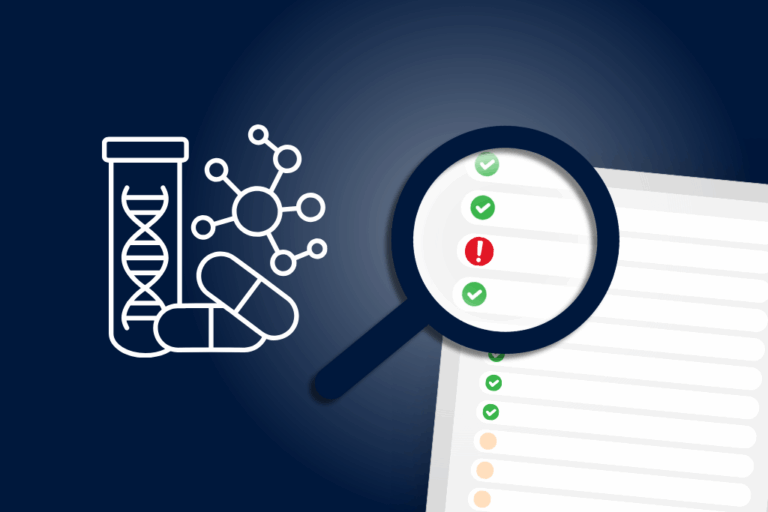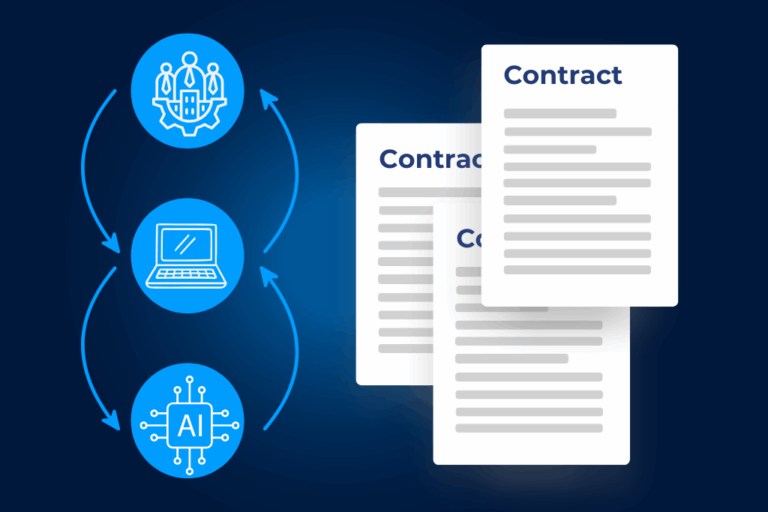Pharmaceutical document management is essential for ensuring regulatory compliance and operational efficiency in the life sciences sector. As regulations become more complex, pharmaceutical companies are turning to digital document management systems to securely create, store, and manage critical records throughout the product lifecycle. These solutions offer features like electronic signatures, automated workflows, audit trails, and version control to address industry-specific challenges. Implementing a robust document management system enhances compliance, streamlines processes, reduces risks, and accelerates time to market.
Pharmaceutical companies face unprecedented pressure to maintain meticulous records while accelerating research, development, and market delivery timelines. The sheer volume of documentation required throughout a product’s lifecycle presents significant challenges for organizations seeking to balance regulatory compliance with operational efficiency.
Pharmaceutical document management systems have evolved dramatically from traditional paper-based approaches to sophisticated digital solutions. These advanced platforms address the unique needs of life sciences companies by providing secure, compliant environments for creating, storing, and managing critical documentation. As regulatory requirements grow increasingly complex, the right document management solution becomes essential for maintaining compliance while optimizing business operations.
The Regulatory Landscape for Pharmaceutical Documentation
The pharmaceutical industry operates within one of the most tightly regulated environments in the business world. Regulatory bodies across the globe establish strict guidelines for documentation practices, with FDA 21 CFR Part 11 in the United States and EU GMP Annex 11 in Europe standing as primary frameworks governing electronic records and signatures.
These regulations require pharmaceutical companies to maintain comprehensive documentation throughout the entire product lifecycle, from initial research and clinical trials through manufacturing, quality control, and post-market surveillance. Documentation must meet exacting standards for accuracy, accessibility, and integrity, with requirements for:
Failure to comply with these regulatory requirements carries severe consequences, including potential product recalls, manufacturing shutdowns, and significant financial penalties. Additionally, documentation deficiencies during regulatory inspections often lead to Form 483 observations or warning letters, damaging both company reputation and market position.
Common Document Management Challenges in Pharmaceuticals
Pharmaceutical organizations face unique challenges when managing their documentation. The cross-functional nature of pharmaceutical operations means documents flow between research, clinical, manufacturing, quality, and regulatory departments, each with distinct needs and workflows.
Version control represents a critical concern, particularly during product development phases when documentation undergoes frequent revisions. Without robust controls, teams risk working with outdated information, potentially compromising product quality or patient safety. Furthermore, maintaining document integrity throughout approval processes presents significant hurdles, especially when multiple stakeholders must review and sign off on critical documentation.
For global pharmaceutical companies, these challenges multiply. Teams located across different regions must collaborate on shared documentation while adhering to varying regional regulatory standards. This complexity increases the risk of inconsistencies and compliance gaps if not managed through a centralized, standardized system.
Key Features of Modern Pharmaceutical Document Management Systems
Effective pharmaceutical document management systems incorporate several essential features designed specifically for regulated environments.
Electronic Signatures and Authentication
Modern systems support compliant electronic signatures with multi-factor authentication, ensuring only authorized personnel approve documents. These features align with 21 CFR Part 11 requirements while eliminating the delays associated with obtaining physical signatures.
Automated Workflow Management
Sophisticated workflow capabilities route documents automatically through predefined approval pathways, notifying relevant stakeholders when action is needed. This automation reduces bottlenecks and ensures consistent adherence to established procedures.
Comprehensive Audit Trails
Every interaction with a document (viewing, editing, approving, or printing) generates an entry in the system’s audit trail. These unalterable records provide complete transparency during regulatory inspections, demonstrating document integrity throughout its lifecycle.
Version Control and Document Lifecycle Management
Effective systems maintain all document versions while clearly identifying the current approved version. This functionality prevents confusion and ensures teams always work with the most up-to-date information.
Benefits of Implementing a Digital Document Management Solution
Transitioning to a digital document management system delivers substantial benefits for pharmaceutical organizations.
Enhanced Regulatory Compliance
Digital systems designed specifically for pharmaceutical environments incorporate controls that ensure compliance with industry regulations. These platforms maintain audit trails, enforce approval workflows, and secure electronic signatures, all critical elements for meeting regulatory expectations during inspections.
Improved Operational Efficiency
By streamlining document workflows, digital systems dramatically reduce the time required for document creation, review, and approval.
For example, a leading pharmaceutical company used DiliTrust’s document management solution to centralize its legal and regulatory documentation, enhance compliance monitoring, and accelerate approval workflows across departments. Learn more in their success story
Risk Mitigation
Automated controls within digital systems minimize human error by enforcing standardized processes. This standardization reduces the risk of documentation deficiencies that might otherwise lead to regulatory findings or product quality issues.
Accelerated Time to Market
Efficient document management directly impacts product development timelines. When documentation moves smoothly through required approval processes, pharmaceutical companies bring products to market faster while maintaining full regulatory compliance.
Implementation Best Practices
Successfully implementing a pharmaceutical document management system requires careful planning and execution.
Needs Assessment and System Selection
Begin by thoroughly evaluating your organization’s specific documentation requirements. Consider factors such as document volume, types of records managed, regulatory obligations, and integration needs with existing systems. This assessment forms the foundation for selecting a solution aligned with your operational reality.
Validation Planning
System validation represents a non-negotiable requirement for pharmaceutical companies. Develop a comprehensive validation plan addressing installation qualification, operational qualification, and performance qualification in accordance with GAMP 5 guidelines.
Training and Change Management
The effectiveness of any document management system depends on user adoption. Develop structured training programs addressing both system functionality and the underlying regulatory requirements. Support this training with clear standard operating procedures documenting expected practices.
Selecting the Right Solution for Your Organization
When evaluating pharmaceutical document management systems, consider these critical factors.
First, ensure the solution offers robust security features protecting sensitive information while maintaining accessibility for authorized users. The system must support role-based access controls and encryption for data both in transit and at rest.
Second, assess the platform’s scalability to accommodate growing documentation needs as your organization expands. The ideal solution grows with your business without requiring complete system overhauls.
Finally, evaluate the vendor’s experience within the pharmaceutical industry. Partners with deep industry knowledge understand the unique challenges of pharmaceutical documentation and provide valuable implementation guidance based on best practices.
Transforming Pharmaceutical Operations Through Effective Document Management
Pharmaceutical document management represents more than a regulatory obligation: it’s a strategic opportunity to enhance organizational performance. By implementing a purpose-built document management system, pharmaceutical companies transform documentation from a compliance burden into a business advantage.
Digital solutions enable teams to collaborate more effectively across departments and geographic boundaries. They provide instant access to critical information, supporting faster decision-making throughout the organization. Most importantly, they establish a foundation of compliance that supports innovation rather than hindering it.
The pharmaceutical industry continues to evolve, with increasing regulatory expectations and accelerating development timelines. Organizations that invest in robust document management infrastructure position themselves for success in this challenging environment, maintaining compliance while maximizing operational efficiency.
Ready for the Next Step in Document Excellence?
The journey toward optimized pharmaceutical document management begins with understanding your organization’s unique needs and challenges. By implementing a solution tailored to the specific requirements of life sciences companies, you establish a foundation for regulatory compliance and operational excellence that supports your business objectives now and into the future.
DiliTrust offers secure, compliant document management solutions designed specifically for highly regulated industries. With features addressing the unique needs of pharmaceutical organizations, our platform helps streamline documentation processes while ensuring regulatory compliance across all operations.



